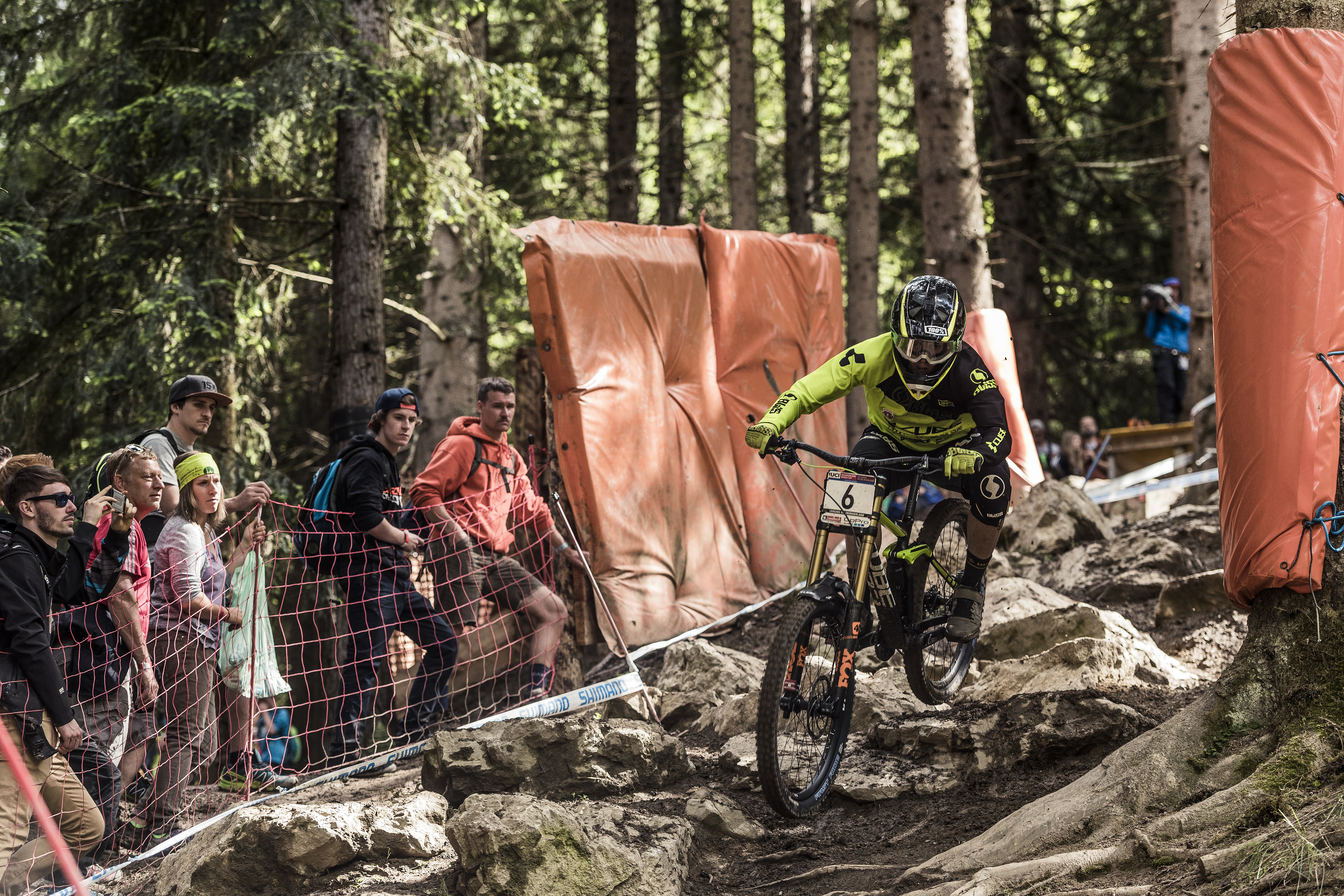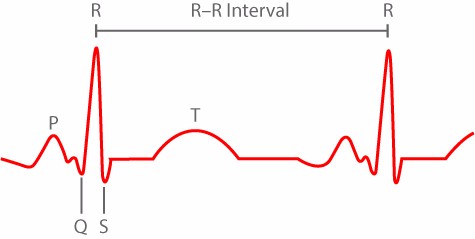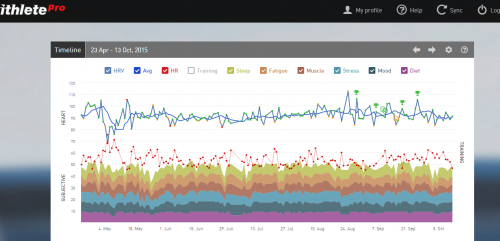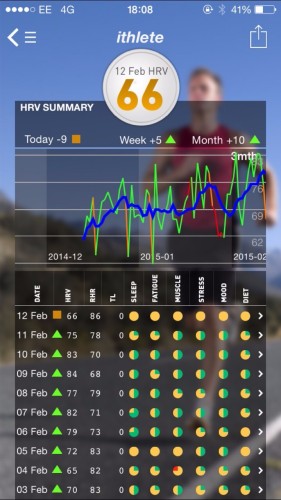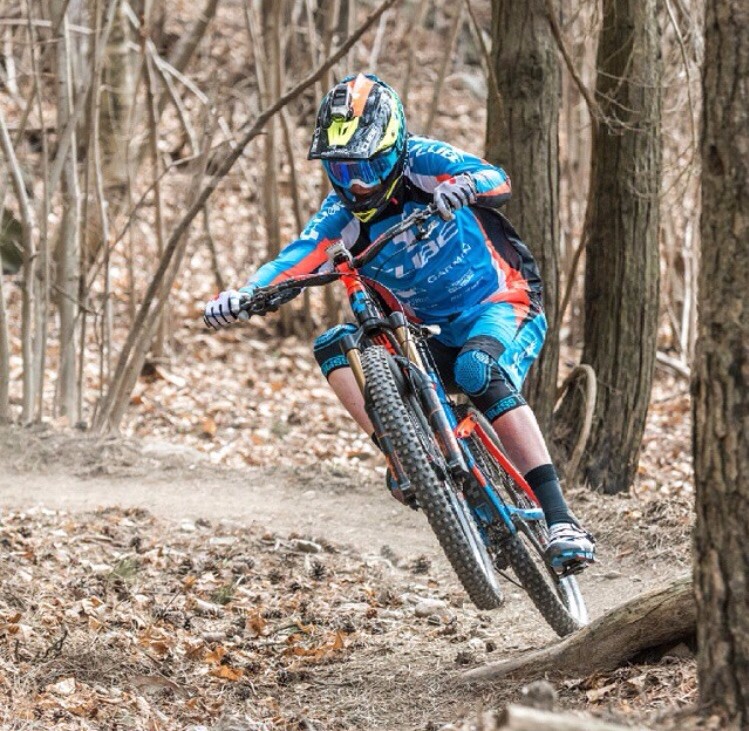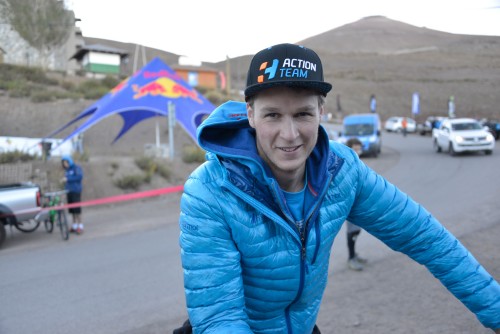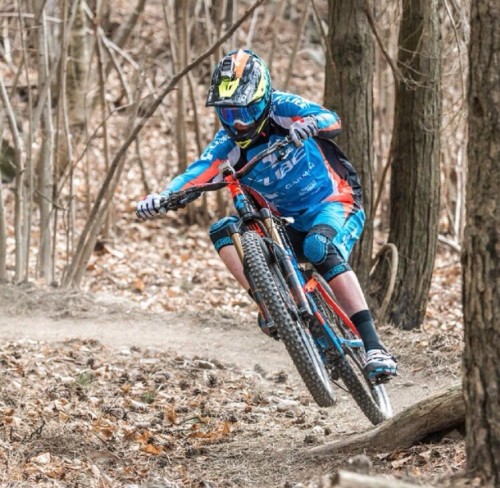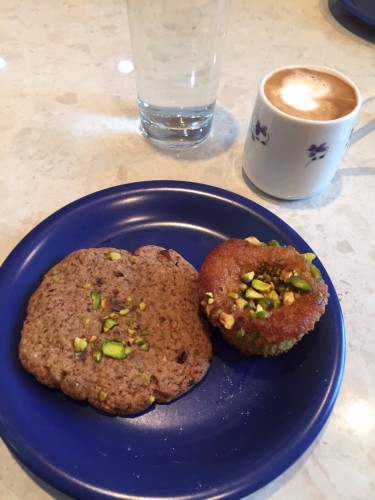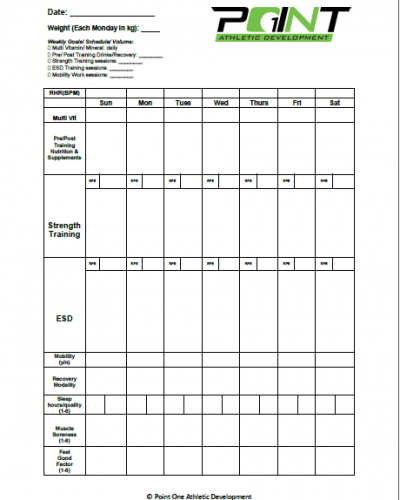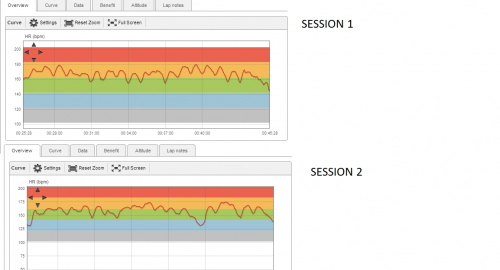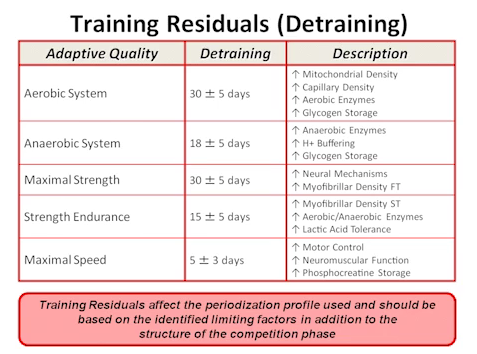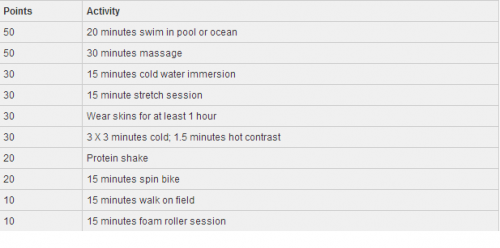This is a re-post from the Point1 Facebook page; because frankly Facebook is a horrible medium for longer, dribbling narrative! Enjoy.
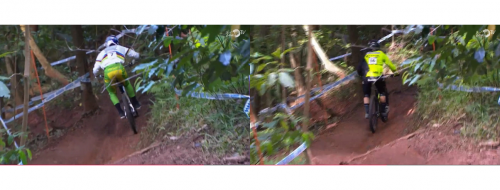
So, to carry on from Friday’s yip-yap on Posture and Technique…
One of the relationships (some were trade-offs) listed was
Pre-Reaction~Reaction
The first term above being a misnomer – deliberate at the time. The correct term in fact would be, I think,
Prospective. Prospective control.
And as is becoming very clear in my own development as a coach, the relationship of qualities, traits and sub-systems within the athlete (rider) is of utmost importance, this must be respected & understood.
Relational thinking TRUMPS categorical thinking….always. When we speak about performance improvement at least.
“Prospective control refers to the means by which actors (read: rider in our case) adapt behaviour in advance to the constraints and behavioral opportunities afforded in/by the environment” ~ Fajen, Riley, Turvey; 2009
Prospective control is thus ESSENTIAL for the emergence of skilled actions. Without it all you would do is react to what the trail/race-track is giving you. But as we all know, reaction is after the fact, it is, no matter how “fast” too late. Too late for you the rider to successfully navigate each distinct section of trail in such a way as too link up distinct sections into fast, flowing, effective riding.
So when you see your favourite, rider, athlete or celebrity carry out some reactive “eye-hand” co-ordination drill in the gym, remember that reaction is too slow; and regardless most of the “reactions” we make, when riding an MTB well, are somatic reflexes, not reactions…and once that gym “drill” is learned then it would be the prospective control of posture, position that would allow for faster “reaction” to emerge. So again, full circle, relational thinking; reaction to a stimulus is much faster with better prospective control!
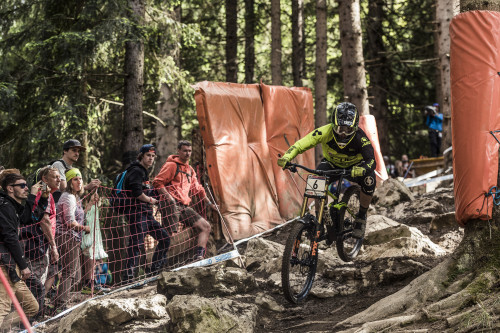
So in the immediate term what does this mean for you if the whole notion of prospective control is new too you?
– Posture = Prizes; the whole reason the “attack-position” bares so many hallmarks and similarities (attractors if you know Dynamical Systems) among good riders is. That that position/posture allows for joint angles, muscle length~tension relationships, peripheral nervous system function, afferent control & force production to operate within an optimal bandwidth to deliver the required technique on trail in the fastest way possible. Prospective control of posture given the trail affordances means “skill” emerges to perfectly match speed. This in essence is “trail efficiency”!
So what can we do to improve our potential to always display usable posture regardless of the trail demands? A shortlist only below….
1. Cultivate & Maintain adequate control, mobility, proprioception, strength and stability through all joints and movement patterns.
2. Develop adequate and ever evolving strength of your “hip hinge”; both eccentric and concentric muscle action, with a stable spine achieved through excellent function of all torso musculature from hip to shoulder (and likely more)!
3. Identify “rate-limiters” to postural maintenance and re-setting. These could be anything from foundational physiological qualities like aerobic metabolism to very specific characteristic qualities like your interaction with a particular size bike, with a certain tyre pressure on certain gradient of terrain!
4. Given the minute detail of the last point above it becomes clear that developing, year on year, season on season, a large physical/physiological buffer of foundational qualities that support good posture on trail will reduce the likely hood of poor mechanics or characteristic rate limiters cropping up under duress/fatigue or emotionally demanding situations.
5. True sport form and improvement in Prime Postures can only be viewed, refined, quantified and understood if enough training takes place in the environments you race in...so that means shredding your bike like fuck in the mountains, up the mountains, down the mountains etc… sounds like fun!
To wrap up a quite abstract post; prospective posture allows for prospective position on trail and that allows for fast, smooth, efficient technique application on trail; which will look to the observer like skill. This is basically all we want as a rider – as skillful navigation of long sections of trail reward us with a sensory and neuro-endocrine response that trumps many experiences in life.
Do this often enough and you get that “flow” feeling…and that leads to intrinsic motivation to shred, removing the space for strange extrinsic motivators like health, weight-loss or victory and in there you find endless drive to improve and a near total lack of anxiety.
So as I said above – relationships of qualities; not categories of qualities please!

